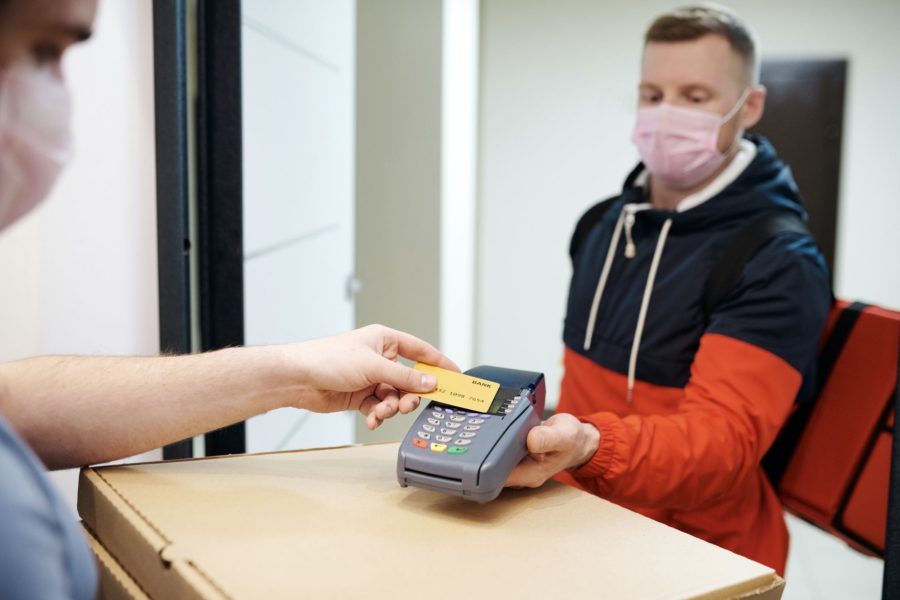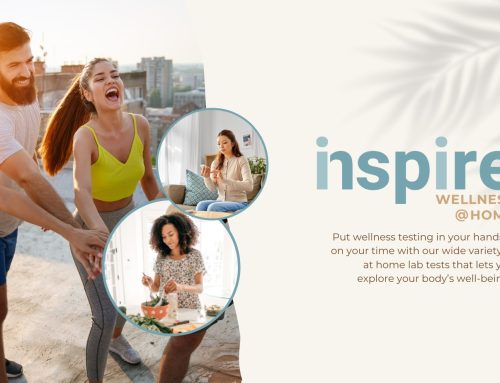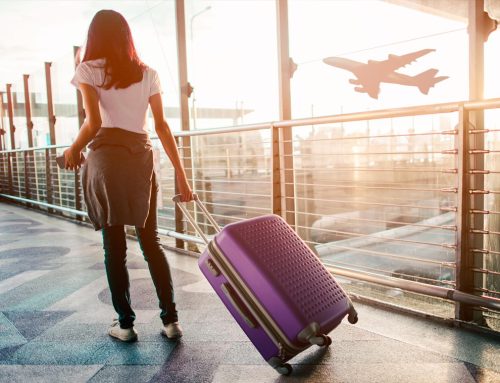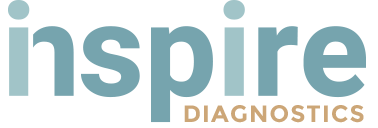COVID-19: Back to Business
By Calla Chung
Non-essential businesses are slowly beginning to reopen with new challenges and guidelines to adhere to. First and foremost, these businesses must implement health and safety measures in a transparent, demonstrable way.
Referring to the CDC guidelines is a surefire way for businesses to start this process. Many of these guidelines have now become everyday jargon—"Stay six feet apart!" "Wear a face mask!" "Wash your hands with soap for 20 seconds!" Other less obvious guidelines include implementing physical barriers between employees and customers, closing communal spaces, and staggering work shifts to minimize the number of employees on site. Businesses that require handling physical items should revert to cashless payments and pick-up racks to minimize interactions.
However, these public safety measures are only the tip of the iceberg. In order to effectively reopen, the employers and employees must also adhere to these safety guidelines, and businesses must acknowledge the secondary effects of reopening. A proper "employee wellness plan" includes daily symptom surveys, frequent temperature checks, PPE (personal protective equipment), and employer-led COVID testing. These specific precautions need to be clearly communicated to the public as well as the employees. Transparency is key in this process.
Returning to work in-person often has effects that bleed into other personal areas. Single parents are struggling to find safe and accessible childcare, and businesses are beginning to accommodate these parents through flexible work schedules and even virtual childcare. It is imperative for businesses to consider the peripheral effects of reopening as well.
Although there are universally adopted guidelines for reopening, the process will look different depending on several factors, including the type of business and the state they are from. According to the US Chamber, CrossFit co-owners Tyler and Callie Cook have begun to reopen their Georgia location and have implemented taped out boxes to enforce social distancing. Additionally, the coaches are required to wear masks and the class times are staggered to provide ample cleaning time. Their response encourages customers to return if and only if they feel ready. They acknowledge that CrossFit is largely centered around community, and they fully accept the hesitation caused by reopening.
Brinton Vision, a laser vision correction practice in Missouri, adopted more thorough safety precautions for their reopening. Dr. Jason Brinton trained his non-clinical staff on proper handwashing, which was then reviewed by a surgery scrub technician over Zoom. The usual medical facility guidelines are followed as well, including masking customers and employees, temperature checks, phone screening, social distancing, and thorough cleaning. Dr. Brinton stated, "Fear and uncertainty kill economic activity, and we need to address the causes of this directly when speaking to our customers." His push for meticulous safety precautions and transparency toward the public tackles that uncertainty.
The days of "normal" business operations are far behind us now. Businesses are learning to adopt transparent and safe methods of reopening, while also considering the secondary effects of resuming in-person work. Although this process will look slightly different for each business, everyone should acknowledge the unknowns and embrace the sense of community it brings.






